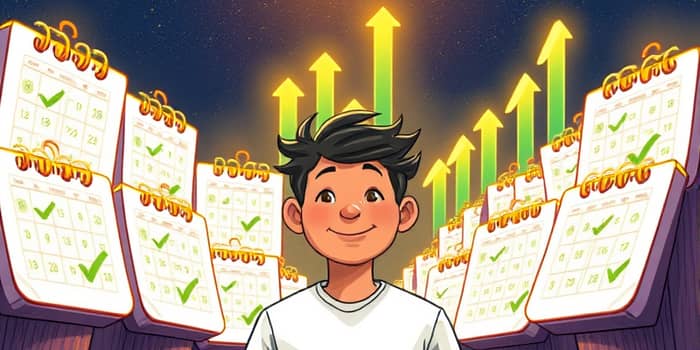
Your payment history is more than a record; it’s a reflection of your financial reliability and the cornerstone of your credit health. Understanding its power can transform your approach to borrowing, spending, and planning for the future.
When lenders evaluate your creditworthiness, they look first and foremost at how you’ve handled past obligations. In fact, the single largest factor in your FICO® Score is payment history, accounting for roughly 35% of the total. In the VantageScore® model, it carries even more clout at about 40%—deemed “extremely influential” by experts.
Every bill you pay on time sends a positive signal. Every late or missed payment rings an alarm, warning that you may struggle to meet future obligations. This history follows you, shaping everything from interest rates to approval odds.
Payment history isn’t just credit cards. It spans any account where money is borrowed and repaid:
Details matter: whether you paid on time, how late any missed payments were (30, 60, 90+ days), the number of delinquencies, and amounts overdue. Severe events—collections, charge-offs, bankruptcies, and legal judgments—also become permanent fixtures for up to seven years, sometimes longer.
Behind every credit score lies a sophisticated algorithm tracking patterns. It doesn’t just log a binary yes or no for on-time payments. It measures:
The dynamic nature of these calculations means that your current behavior can offset past mistakes. Positive movement today gradually diminishes the impact of yesterday’s errors.
By understanding the math behind the magic, you see why one late payment can drop a 680 score down to the 600–620 range almost overnight. Yet, as that late payment ages, its power to harm fades—provided you demonstrate new patterns of reliability.
A single 30-day late payment can lead to immediate score drops, higher interest charges, and late fees. Creditors may freeze cards, cut limits, or even close accounts after prolonged delinquency—typically 180 days past due—resulting in a charge-off. Remember: a charge-off doesn’t erase your debt; it merely transfers the account to collections.
Beyond direct costs, missed payments can ripple into your life:
Recovery begins with commitment. If you’ve stumbled, you can climb back:
Over time, positive entries overshadow older delinquencies. While you can’t instantly erase negative marks, their influence diminishes as new, timely payments accumulate.
Your payment history tells a story—one that lenders, landlords, insurers, and even employers can read. Strong payment behavior translates to predict future repayment behavior and lower perceived risk. This story opens doors: competitive interest rates, premium financial products, and greater bargaining power.
Conversely, a trail of late payments signals instability. Lenders may tighten terms, demand larger security deposits, or decline applications outright. The cost of poor payment habits can exceed the immediate late fees, multiplying into lost opportunities and higher borrowing costs over years.
Empowerment begins with awareness. Pull your credit reports, check for errors, and understand where you stand. Chart a plan to eliminate delinquencies, prioritize small victories, and celebrate each on-time payment.
Consider professional guidance: credit counseling agencies can help you set budgets, negotiate with creditors, and establish repayment plans. But the simplest tool often proves most effective—your calendar. Mark due dates, set alerts, and make paying on time a non-negotiable habit.
Payment history is the bedrock of your credit profile. It’s a measure of trust between you and the financial world. By embracing consistent, timely payments, you not only repair past damage but lay a sturdy foundation for future goals—whether buying a home, starting a business, or securing financial peace of mind.
The power to shape your credit narrative lies in your hands. Start today, stay committed, and watch your score—and opportunities—rise together.
References













